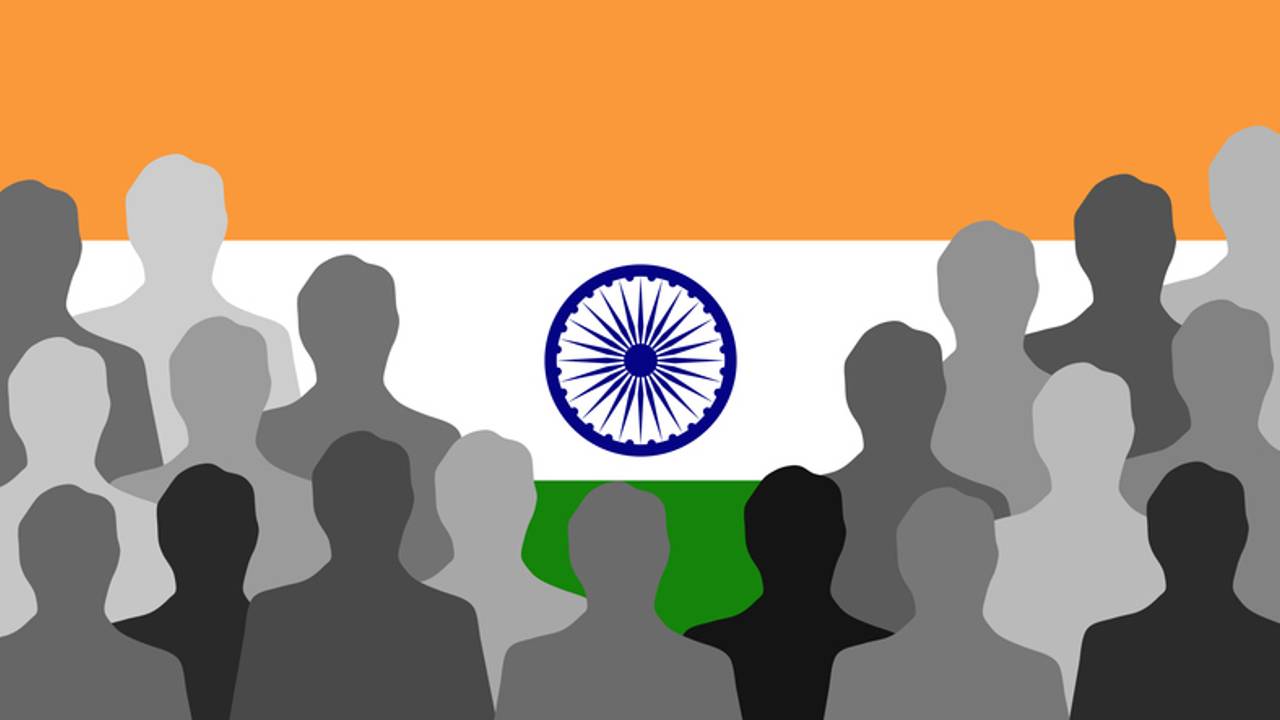<p>Violence, stereotypes, and politics show a growing hostility toward Indians abroad. Here’s why the trend matters.</p><img><p>Winston Churchill once called Indians “beastly people with a beastly religion.” Richard Nixon dismissed them as “repulsive” and “sexless.” These weren’t just some fringe remarks, but they came from leaders celebrated in the West. The contempt always lingered, only hidden under polite veneers. What we see today isn’t just new hatred, but the same contempt resurfacing.</p><img><p>Temple desecrations in Canada, stabbings in Australia, assaults on the streets of Ireland, graffiti linking Indians to Hitler, these aren’t some isolated episodes. In recent years, Indians abroad have faced growing attacks across multiple continents. The message is consistent that Indians have moved from being invisible workers to visible targets.</p><img><p>On Twitter, the slur “pajeet” trends freely. Extremist forums fantasise about “total pajeet death.” Tulsi Gabbard, not even Indian, is told to “go back to India.” Algorithms amplify this bile because outrage generates clicks. Anti-India campaigns like Dismantling Global Hindutva find fertile ground here, cloaking old biases in academic packaging. The digital sewer ensures hate is always trending.</p><img><p>In New York, politicians can lie about Gujarat without consequence. In California, an anti-caste bill failed but cemented a narrative that Indians were oppressors. Reports equating “Brahmin privilege” with white supremacy have multiplied, fueling a new stereotype. Advocacy groups fight back, but media and academia often drown them out. The caste weapon reframes Indians not as victims of racism but as perpetrators.</p><img><p>The right claims Indians steal jobs, abuse visas, and flood neighborhoods with curry smells. The left accuses them of casteism, patriarchy, and Hindu nationalism. Both caricatures thrive because Indians rarely challenge them. The result? A community painted as villains from both ends of the spectrum, convenient scapegoats for every side.</p><img><p>Other immigrant groups built powerful lobbies — AIPAC, NAACP, CAIR. Indians, despite wealth and success, never built equivalent power structures. They excelled in medicine, tech, and academia, but avoided political mobilisation. The diaspora became hyper-visible in influence yet underrepresented in political clout. Power without protection remains a dangerous imbalance.</p><img><p>Back in 2000, economist Jagdish Bhagwati called Indians the “new Jews of America.” It sounded like flattery, but it was a prophecy. Like Jews in the last century, Indians are now successful yet resented, visible yet vulnerable. Unlike Jews, however, they lack the political and media shields that come with organisation. Both the far-right and far-left converge in their disdain, even if for different reasons.</p>
